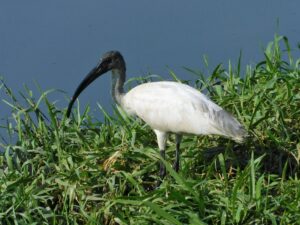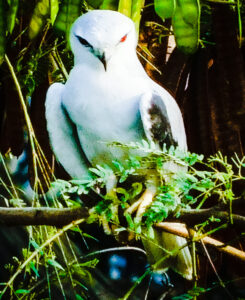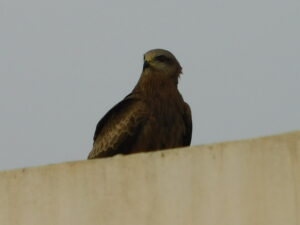Black Headed IBIS
Indian Birds: Black headed IBIS
When I first saw this bird I was amazed to see its long black beak with white body. Initial reaction was like its an Egret as I looked at it from a distance.
As I zoomed in with my Nikon B500 with 40X optical zoom camera I realised it is a black headed ibis.
As I waited for some more time it came a bit closer to me and got some beautiful shots and also recorded few video’s.
The black-headed ibis, also known as the Oriental white ibis, Indian white ibis, and black-necked ibis,
is a species of wading bird of the ibis family Threskiornithidae which breeds in the South- and Southeast Asia from India to the west and as far east as Japan.

Black Headed Ibis
Facts:
Scientific name: Threskiornis melanocephalus
Conservation status: Near Threatened (Population decreasing)
Rank: Species
Higher classification: Threskiornis
Family: Threskiornithidae
Order: Pelecaniformes
They are very versatile being able to use a large variety of natural and man-made habitats. These include freshwater and salt-water marshes,
lakes and ponds, as also rice fields, freshly ploughed crop fields, irrigation canals, riversides, reservoirs, urban lakes, open sewage gutters, grazing lots, and garbage dumping sites.
In Flight mode:
The black-headed ibis is a large water bird species in south and south-east Asia, Adults measuring 65–76 cm in length.
The white plumage is contrasted against a conspicuous naked black neck and head, and black down-curved beak.
Tails of adults bear light grey ornamental feathers that turn jet black during the breeding season. During the breeding season, bare patches under the wing turn blood-red.
The head of breeding adults gain a bluish tinge. And in some cases have a pink or bright red patch behind the neck.
Breeding adults also develop tufts of white feathers behind the neck. And rarely get a yellowish colouration on the breast and back.
Juveniles are identifiable from adults in having greyish feathering on the neck and speckled brown-grey feathering on the wings and back.
It lacks a true voice-producing mechanism. It is silent except for ventriloquist grunts uttered by pairs at the nest.
@wikipedia

